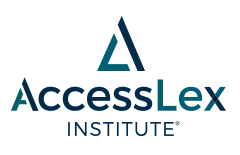
Bar Examinations and Bar Passage
"They're Digging in the Wrong Place": How Learning Outcomes Can Improve Bar Exams and Ensure Practice Ready Attorneys
Document Type
Law Review Article
Publication Date
10-2017
Keywords
bar exam design
Abstract
There is no question that law schools should produce professional, ethical new attorneys who have the skills, knowledge and attributes to be competent and responsible members of their new profession, and pass the bar exam. However, as it currently stands, these two goals — everyday practical lawyer skills training, and bar exam passage — have become so divided, that many law schools are being pulled in a no-win tug of war between preparing students for practice or for a memorization, doctrinal heavy exam. This conflict must stop.
The title of this piece was meant to evoke a plot point from the movie Raiders of the Lost Ark. At one particular point, both our hero and another group are both searching for the Ark of the Covenant. Although the other group has an extremely technically well-organized archeological site, it is determined by our hero that because they are missing a key piece of information, they are in fact “digging in the wrong place.” Although there are no heroes or bad guys in this scenario, in many states, the administration of the bar exam is experiencing the same problem. In seeking to determine minimum competency to practice law, they may be technically testing in a well-organized fashion, but they are ignoring important outside information that would have them testing differently to find out more or different information that would be a better measure of competency for new attorneys. The bar exam is simply “digging” for competency in the wrong place.
At the same time, the chorus of voices demanding that law schools make necessary steps in the reformation of legal education has risen to a fever pitch. Much has been written about the stagnancy in legal education, and despite some recent innovations, many law school experiences remain strikingly similar to both each other and the course of study as it has existed for many years. However, it is well accepted that the legal profession has changed dramatically, both in the practice, and the level of training practicing lawyers can give their new hires. The result is that although law schools are “part of a vertically integrated system of production in which the end product is lawyers,” this system is suffering a major disconnect in the pipeline. Law schools seem poised to change, but many are hampered in their efforts by the licensing exam itself. But through change and cooperation, we can fix this disconnect.
This article argues for an alignment of the bar exam with the needs of the legal profession, using learning outcomes as a tool to include all the skills, knowledge and attributes of a professional, successful new attorney in cooperation with assessment by law schools. Part II gives an overview of the bar exam nationally. Part III discusses legal education, and why the bar exam is misaligned with it. Part IV discusses learning outcomes, and offers them as a solution to better align legal education, the bar exam, and the practice of law to allow new lawyers to be truly competent. Part V concludes the work.




